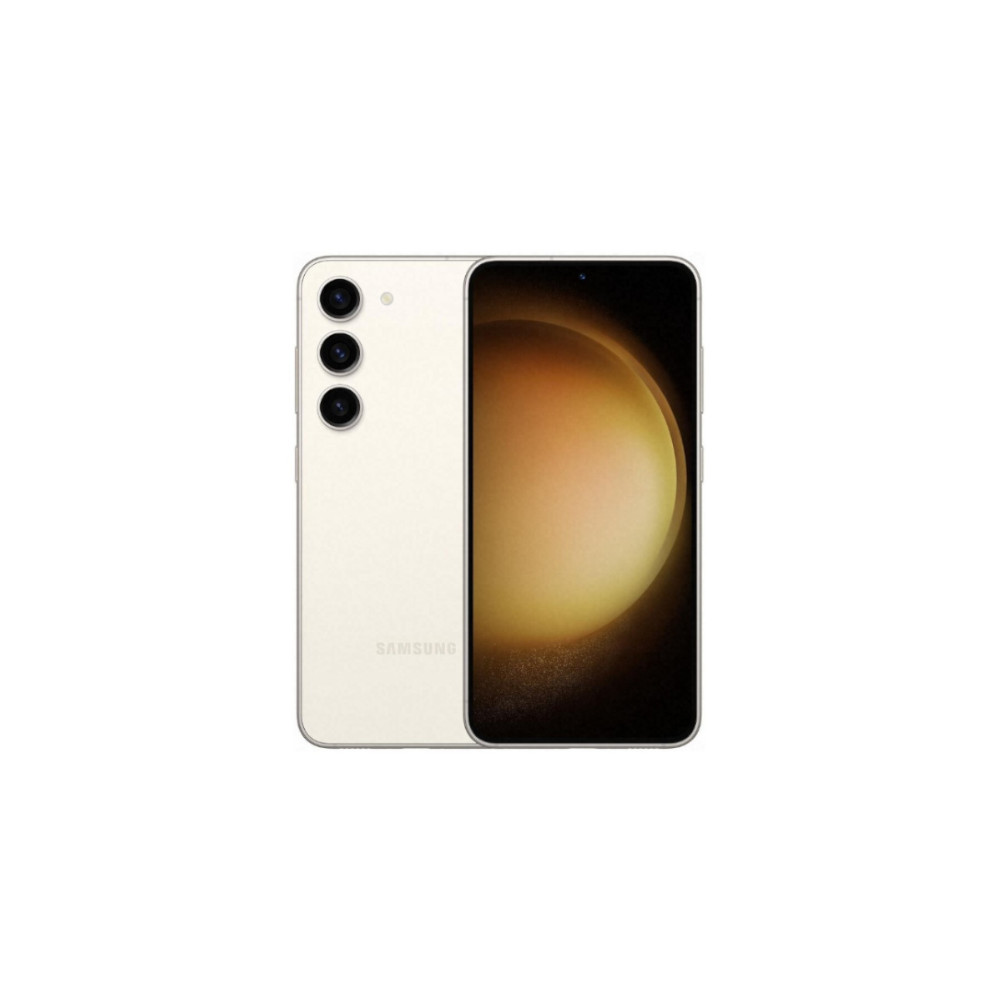Affiliate links on Android Authority may earn us a commission. Learn more.
Tested: Is the Snapdragon Gen 2 for Galaxy better than other Gen 2s?
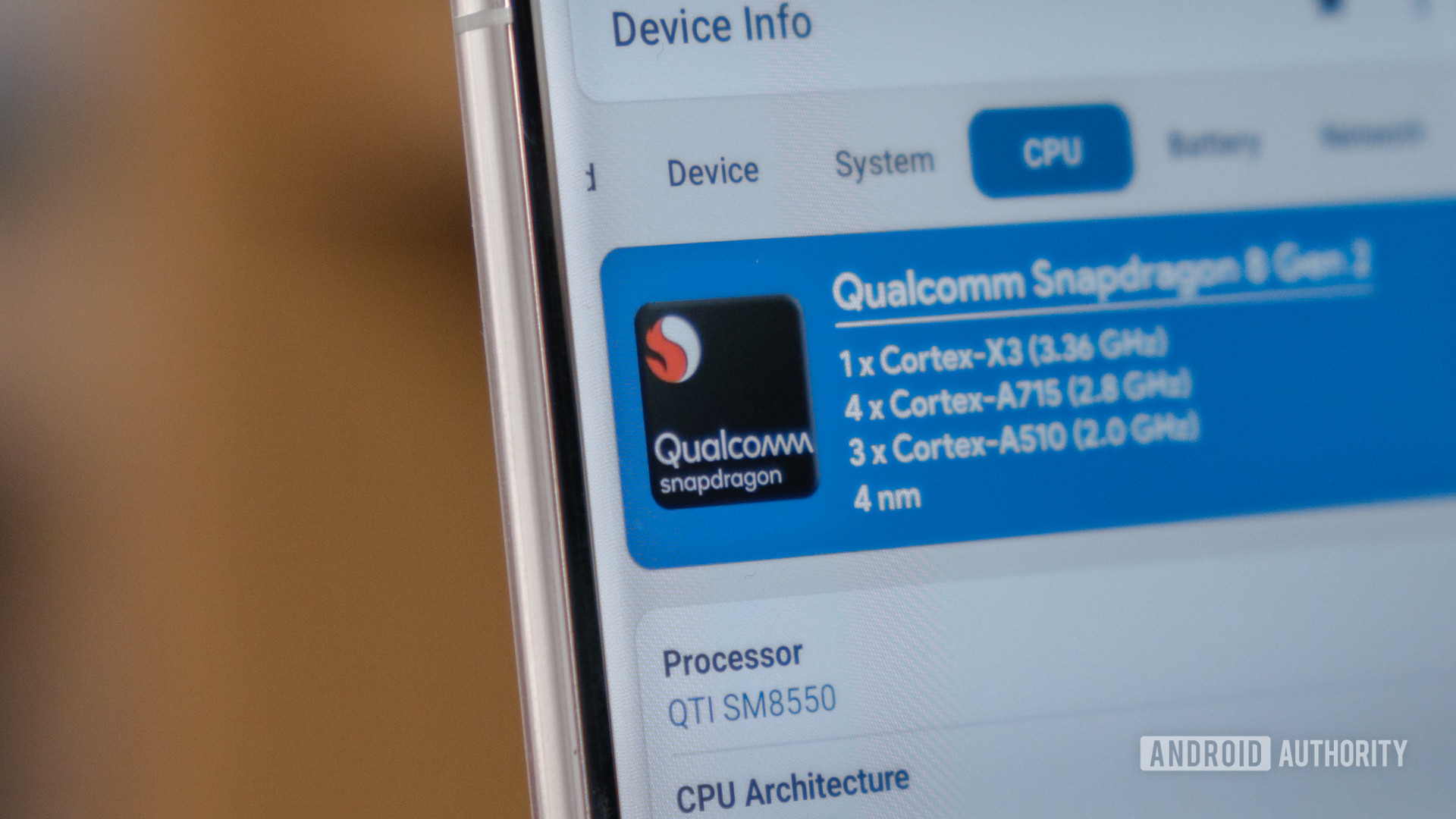
Digging through the Samsung Galaxy S23 specs, you probably spotted the mention of a Snapdragon 8 Gen 2 for Galaxy. Qualcomm and Samsung have partnered up even closer than usual this year, promising improved performance and features that you won’t find anywhere else, apparently.
But is this little more than a branding exercise? Let’s dig into what Snapdragon 8 Gen 2 for Galaxy really means for your next potential smartphone purchase.
What’s changed with Snapdragon 8 Gen 2 for Galaxy?
First and foremost, the Snapdragon 8 Gen inside the Galaxy S23 series is a souped-up version of the regular chip. Peak clock speeds on the prime Arm Cortex-X3 CPU jump from 3.2GHz to 3.36GHz, for a modest 5.0% boost. There’s a similar 5.7% jump in GPU clocks, up from 680MHz in the standard 8 Gen 2 to 719MHz in Samsung’s version.
As such, we’re expecting slight rather than night-and-day differences in app performance and gaming. But we’ve run the chip through a series of tests nonetheless. More on that later. The chip also touts an upgraded Qualcomm Hexagon DSP to accelerate AI and machine learning tasks. Again, we’re likely looking at a small clockspeed increase here rather than any deeper customizations, but neither company has detailed the specifics.
Snapdragon 8 Gen 2 for Galaxy is all about CPU and GPU clock speed boosts.
Of course, you’ll find other Snapdragon 8 Gen 2 staples here too, including ray tracing graphics, Snapdragon Sight ISP with semantic segmentation support, and a full suite of connectivity options. It’s a case of small improvements then, rather than a wholesale change over the chip you’ll find elsewhere.
Galaxy S23 benchmarks versus the Snapdragon 8 Gen 2
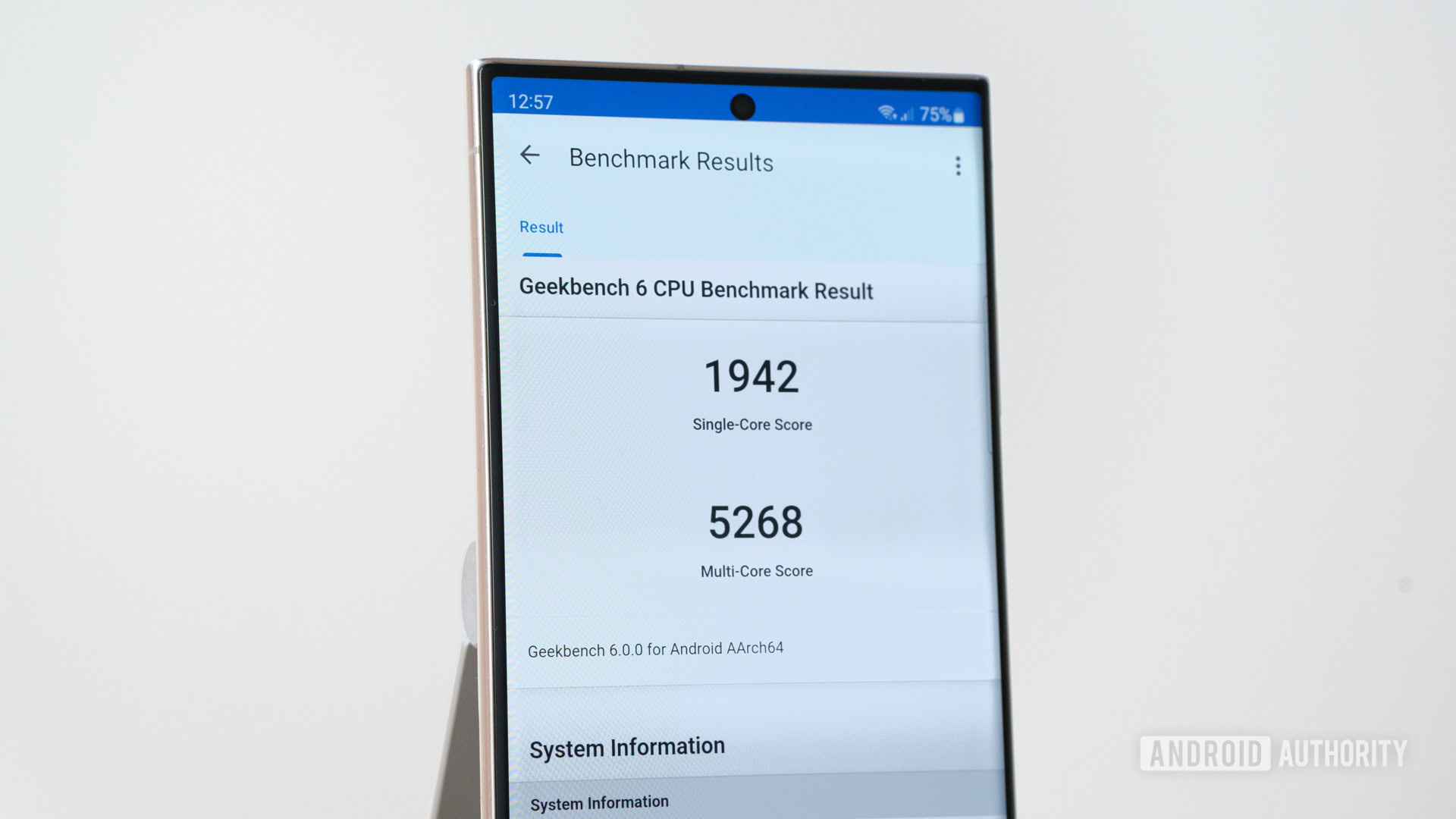
To see just how much or little difference the clock speed changes make, we grabbed a Samsung Galaxy S23 Ultra and compared it to a selection of other Snapdragon 8 Gen 2 phones currently on the market, as well as some of our other top performers.
The handset pulls ahead of the OnePlus 11 and REDMAGIC 8 Pro, both powered by the 8 Gen 2, in CPU tests. This is mostly presented in the single-core result, as we’d expect from the prime core clock speed boost. In fact, the Galaxy S23 Ultra outscores our OnePlus 11 by a whopping 35% in GeekBench 5’s single-core workloads. That is until you toggle OnePlus’ performance mode on, which reduces the win to a more expected 4.9%.
Snapdragon 8 Gen 2 for Galaxy tops the Android benchmark charts.
Interestingly, we’ve observed several 8 Gen 2 devices we’ve tested scoring lower than Qualcomm’s initial benchmark expectations for GeekBench 5, which was around 1490. Brands are limiting the performance of this core out of the box, likely to improve battery longevity. Samsung appears to be the exception.
As such, this performance lead is reflected in PCMark’s expansive Work 3.0 test suite too. Samsung has historically optimized well here anyway; its previous generation models best some 8 Gen 2 handsets. The souped-up chipset scores a 23% win over the REDMAGIC 8 Pro. Needless to say, we’re not anticipating any peak performance problems based on these Galaxy S23 benchmarks.
Turning to the GPU, the Snapdragon 8 Gen 2 for Galaxy again comes out ahead of the pack, albeit by a more modest margin. 3DMark’s Wildlife test points to a 6.6% win over the OnePlus 11 but just a 2.4% lead over the gaming-oriented REDMAGIC flagship. Close stuff then, but a win for the Qualcomm/Samsung partnership nonetheless.
Does the Galaxy S23 throttle performance?
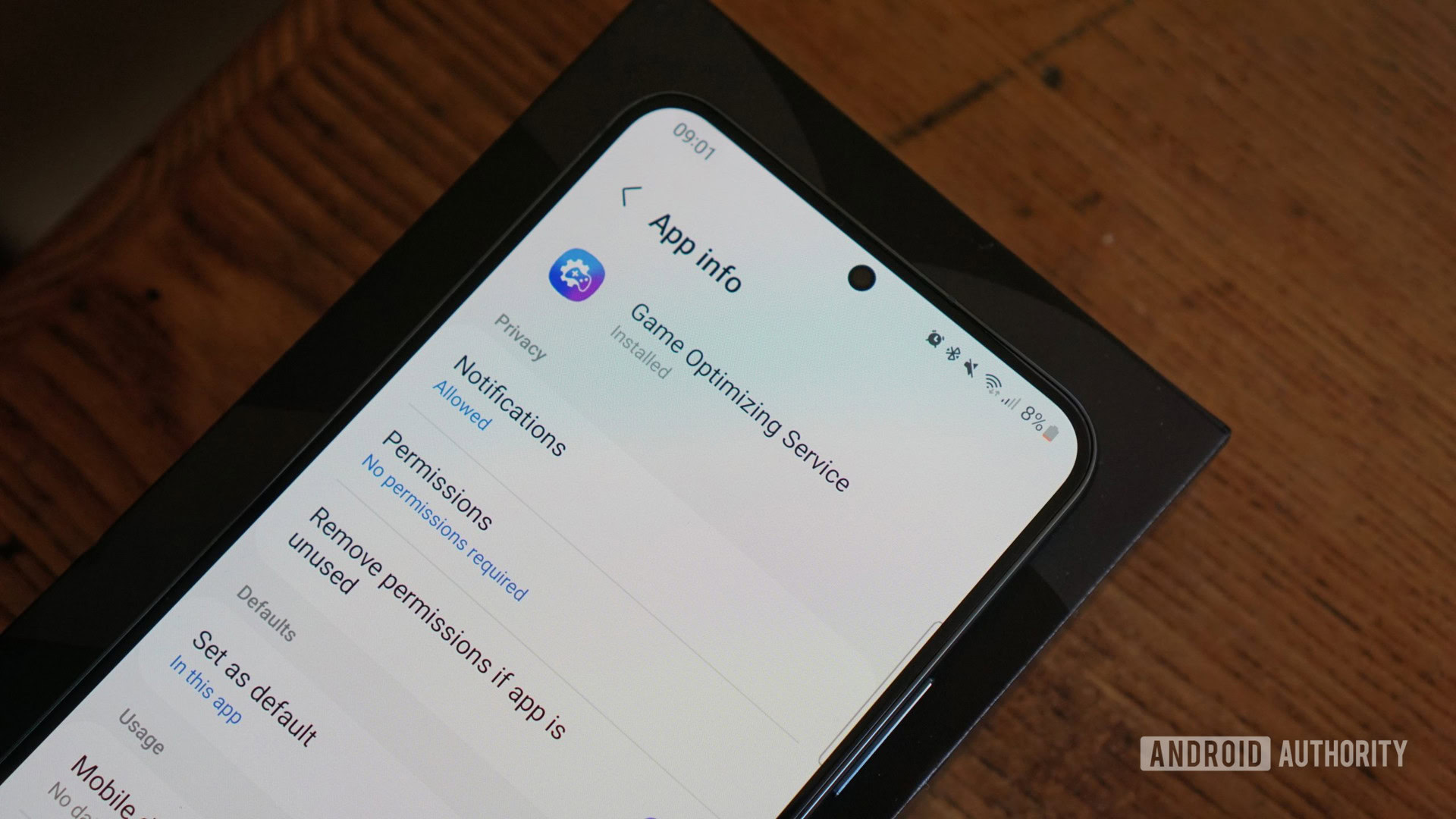
As we’ve noted in the past, and especially after the Samsung GOS controversy, peak performance alone does make for a robust handset. Sustainable performance and resistance to thermal throttling are just as, if not more important for those looking to stress their handsets with long gaming sessions. So we also ran the Galaxy S23 Ultra and our other test handsets through a couple of grueling GPU loop tests to see how they perform under stress.
The Snapdragon 8 Gen 2 for Galaxy throttling test doesn’t get off to a great start. Despite offering higher peak performance, the chip could only sustain it for three 3DMark Wildlife runs before continually throttling back to a lower performance level, falling to just 63% of its initial score. Still, the result is improved over last year’s Snapdragon 8 Gen 1 model, which could barely survive one test run and saw performance fall sharply to just 41% of its best effort.
Compared to other Snapdragon 8 Gen 2 handsets, the Galaxy variant falls somewhere in the middle. It’s clearly well off the pace of the rock-solid REDMAGIC 8 Pro, but that’s to be expected given its cooling credentials. The phone fairs better than the OnePlus 11, in that its worst-case performance doesn’t dip as low. However, OnePlus’ implementation manages to sustain peak performance for eight runs before cutting back performance, compared to just three for the Galaxy. Now, 3DMark’s workloads are more intense than real-world games available on the market right now, but that still leads us to conclude that the Galaxy S23 is more likely to suffer from frame rate dips.
Galaxy S23 sustained performance is better than last year but far from flawless.
Before diving into some real game tests, we also took a look at Basemark’s In Vitro ray tracing benchmark. Here we can see locked frame rates for the Galaxy S23 Ultra and OnePlus 11, hinting that ray tracing rather than traditional rasterization is the bottleneck. Just as before, the Galaxy S23 also scores a few extra points above its peers. However, the Snapdragon 8 Gen 2, in any form, is clearly behind Arm’s Immortalis G-715 found in the MediaTek Dimensity 9200, as far as this benchmark is concerned.
When it comes to real-world games, we observed the following metrics during 20-minute sessions with the graphics maxed out:
- Apex Legends: 60fps (capped)
- Call of Duty Mobile: 60fps (capped)
- Genshin Impact: 55-60fps (capped)
- Real Racing 3: 120fps
In summary, the Galaxy S23’s Snapdragon 8 Gen 2 for Galaxy is a benchmark-topping chip that offers marginally better peak performance than standard 8 Gen 2 models. However, there’s a fair element of manufacturer-specific battery and power tweaking that goes into handsets these days, which certainly has a bigger effect on performance than relatively minor clock speed changes.
Despite the promising Galaxy S23 benchmarks, we’re still unconvinced by the tweaked chip’s sustainable performance scores. Though, thankfully, this doesn’t yet seem to have an impact on real-world gaming performance, at least in today’s toughest titles. That said, we are left to wonder how well the Snapdragon 8 Gen 2 for Galaxy will handle more demanding games that are bound to launch in the coming years.

Snapdragon 8 Gen 2 power
Bigger battery
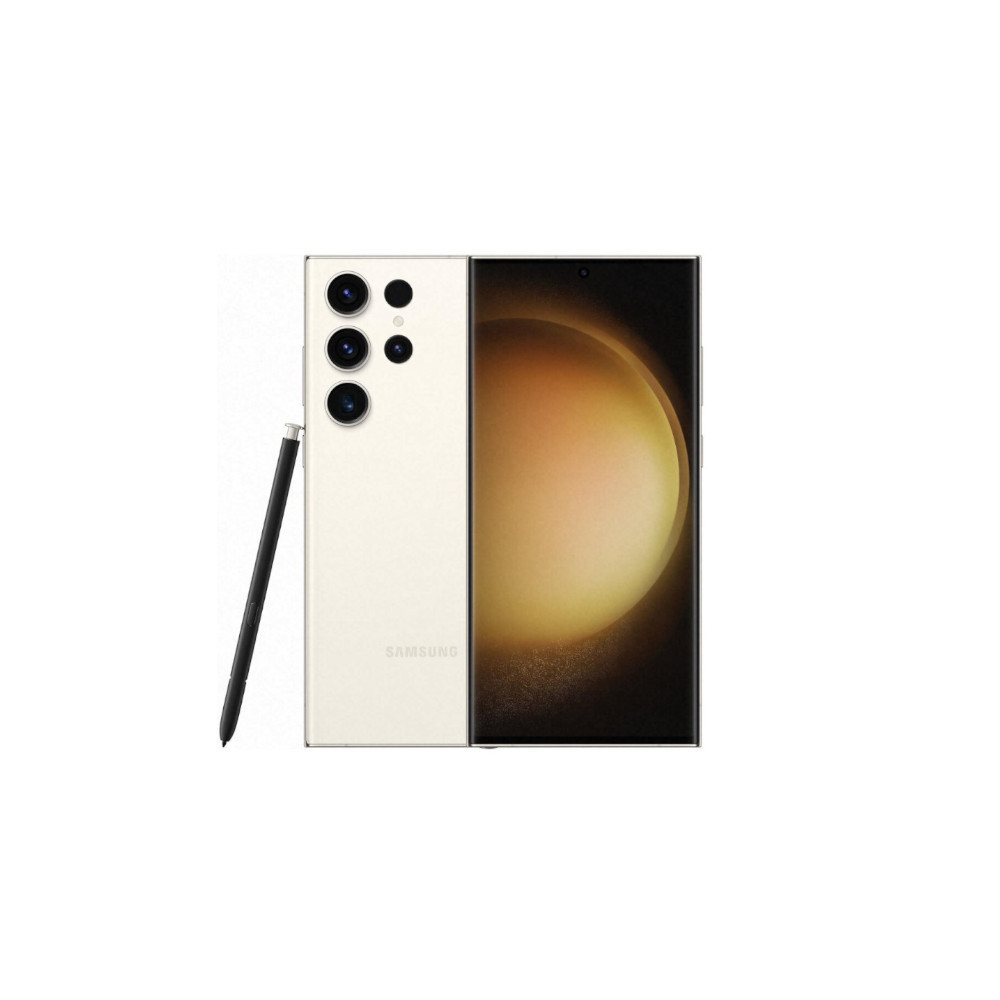
Beautiful display
S Pen functionality
